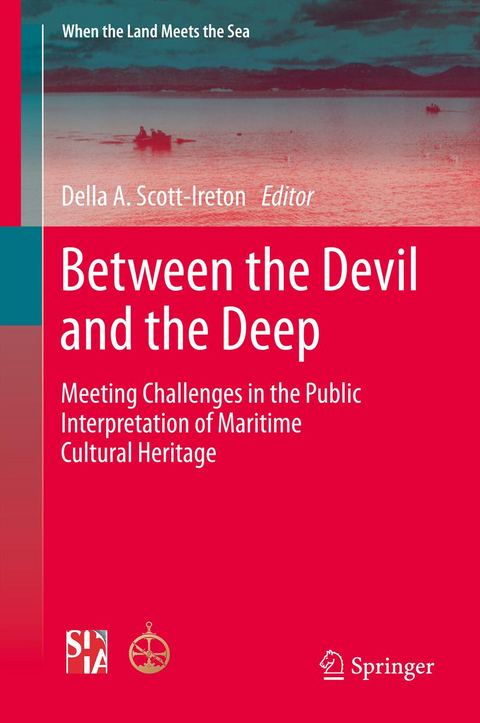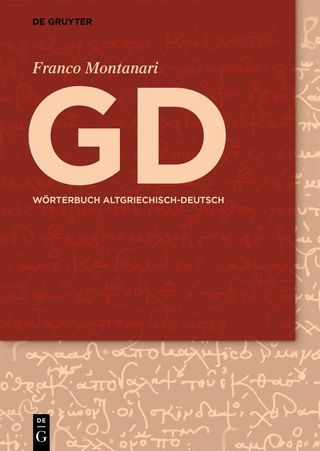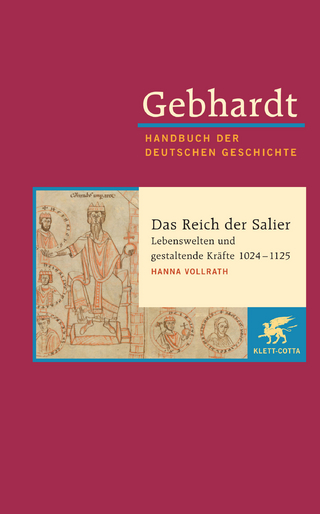
Between the Devil and the Deep
Springer-Verlag New York Inc.
978-1-4939-2545-2 (ISBN)
In creating interpretive strategies for maritime sites, archaeologists and resource managers often are required to think creatively to overcome challenges and problems. These issues include interpreting sites in inaccessible locations and extremely deep water, enabling and controlling access to fragile sites and restricted areas, monitoring visitor behavior, making information interesting to a wide audience, and creating opportunities for public engagement, among other concerns. Meeting Challenges presents cutting-edge interpretation and public education strategies for maritime resources, both on land and underwater, with emphasis on solving the unique problems often associated with presenting these fragile, limited-access sites as heritage attractions and on developing effective visitation and civic engagement opportunities. The examples presented ideally can serve as models for resource managers, archaeologists engaged in interpretation, and site administrators. This volume brings together a diverse group of heritage professionals to discuss issues they’ve encountered and to present ideas and case studies for adapting, improvising, and overcoming them.
Della A. Scott-Ireton is Associate Director of the Florida Public Archaeology Network at the University of West Florida in Pensacola, specializing in maritime and public archaeology. Dr Scott-Ireton has served on the boards of the Advisory Council on Underwater Archaeology and the Society for Historical Archaeology, and as a member of the Marine Protected Areas Federal Advisory Committee. She is co-editor of two other works on public education in maritime archaeology, Out of the Blue: Public Interpretation of Maritime Cultural Resources with John H. Jameson, Jr. and Submerged Cultural Resource Management: Preserving and Interpreting Our Sunken Maritime Heritage with James D. Spirek, both from Springer.
Introduction.- Chapter 1. Toward Multivocality in Pubic Archeology: Public Empowerment through Collaboration, John H. Jameson, Jr..- Chapter 2. Connecting the Wrecks: A Case Study in Conveying the Importance of Submerged Cultural Heritage through a Scaled Outreach Approach, Alexis Catsambis, Kate Morrand.- Chapter 3. Out of Sight, Out of Mind and At Risk: The United Kingdom Public's Engagement with Heritage, Christopher J. Underwood.- Chapter 4. Connecting People to the Past: An Ethnographic Approach to Interpretation and Recreation, Irina T. Sorset.- Chapter 5. Management of Submerged Cultural Heritage: Public Outreach Examples as a Result of the Section 106 Process, Christopher Horrell.- Chapter 6. Shifting Sand: A Model for Facilitating Public Assistance in Coastal Archaeology, Justin J. Bensley, Victor T. Mastone.- Chapter 7. “Public” and “the Public” in Italian Underwater Archaeology: A Sardinian Perspective, Massimiliano Secci.- Chapter 8. The Success of the South Carolina Sport Diver Archaeology Management Program, Ashley M. Deming.- Chapter 9. Maritime Heritage Outreach and Education: East Carolina University’s Engagement with International Public Communities in Africa and the Caribbean, Lynn Harris.- Chapter 10. The Florida Panhandle Shipwreck Trail: Promoting Heritage Tourism in the Digital Age, Lindsay S. Smith.- Chapter 11. Sailing the SSEAS: A New Program for Public Engagement in Underwater Archaeology, Della A. Scott-Ireton.- Chapter 12. No Visibility, No Artifacts, No Problem?: Challenges Associated with Presenting Buried Sites and Inaccessible Shipwrecks to the Public, Amanda M. Evans.- Chapter 13. A Monumental Distance: Education and Outreach from the Most Remote Archipelago on Earth, Kelly Gleason.- Chapter 14. Interpretation of Maritime Heritage at National Marine Sanctuaries: Using a Maritime Cultural Landscape Approach, Bruce G. Terrell.- Chapter 15. Managing Historic Shipwrecks in Argentina: Challenges to Reach the Public,Dolores Elkin.- Chapter 16. Difficult Heritage: Interpreting Underwater Battlefield Sites, Jennifer F. McKinnon.- Chapter 17. Challenges as Stepping Stones: Mexico’s Experience in Maritime Heritage Interpretation, Pilar Luna Erreguerena.- Chapter 18. Making Shipwrecks Celebrities: Using the National Register, Shipwreck Preserves, Documentary Filmmaking, and Interdisciplinary Projects for Shipwreck Preservation, Joseph W. Zarzynski, Samuel S. Bowser, John Farrell, Peter Pepe.
| Reihe/Serie | When the Land Meets the Sea |
|---|---|
| Zusatzinfo | XII, 214 p. |
| Verlagsort | New York |
| Sprache | englisch |
| Maße | 155 x 235 mm |
| Themenwelt | Geisteswissenschaften ► Archäologie |
| Geschichte ► Allgemeine Geschichte ► Altertum / Antike | |
| Geisteswissenschaften ► Geschichte ► Hilfswissenschaften | |
| Geschichte ► Teilgebiete der Geschichte ► Kulturgeschichte | |
| Sozialwissenschaften ► Ethnologie | |
| Sozialwissenschaften ► Soziologie | |
| Schlagworte | designing underwater exhibits • development of shipwreck parks • encouraging responsible recreation • management of underwater cultural resources • maritime heritage tourism • maritime museum exhibits |
| ISBN-10 | 1-4939-2545-8 / 1493925458 |
| ISBN-13 | 978-1-4939-2545-2 / 9781493925452 |
| Zustand | Neuware |
| Haben Sie eine Frage zum Produkt? |
aus dem Bereich


